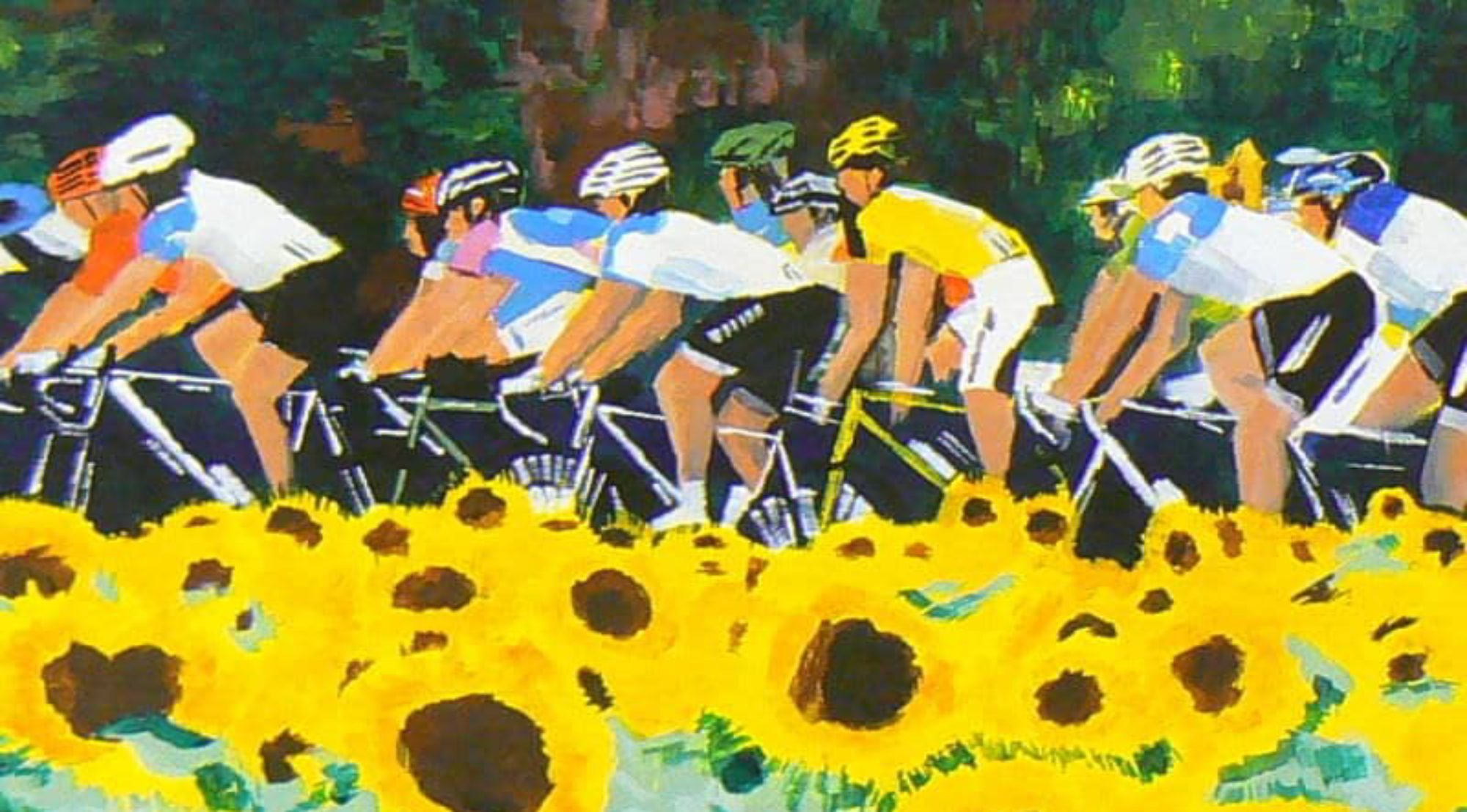I made it 6 days and 23 hours before I broke my fast. I could have gone that extra hour but hadn’t had dinner with my family for a week, so I decided to end it a little early. Here’s my observations from a week of fasting:
1. Most importantly, I like to eat. After day 4, I was never physically hungry, but there were times when I just wanted some food in my mouth, or wanted something with flavor to eat. LaCroix and Kombucha were OK, but at then end were not quite satisfying enough. And I was definitely looking forward to dinner, drinks and a concert this weekend with some friends.

2. I never felt the euphoria that some people feel when their body switches over to ketones exclusively for fuel. That was kind of disappointing. Some of the things you read when people talk about how good they feel when fasting makes you think, “why would you ever even eat?” I did not have that experience. It was a daily challenge to keep fasting, and I considered ending it at some point almost every day.
3. I typically felt good in the mornings and by the evening my energy level was pretty low, and I was sluggish. I would get light-headed when I stood up quickly as well in the evenings. This is supposedly related to dehydration but I drank a lot of water and was peeing clear so I don’t think that was the problem.
4. I did not sleep well at all while fasting. I would toss and turn and get up at least twice to go to the bathroom. To be fair, I am not the best sleeper in the best of conditions, but this last week was especially bad. I have read that others have that problem with fasting as well. The last night of my fast I had a dream that I was in my parents pantry eating potato chips by the handful. I cannot ever remember having had a dream about eating before, so that was interesting. I took it as a sign that it was time to eat again.
5. I did feel good during the day, and fasting did not affect my work at all. In fact, no one even knew I was fasting except my one confidant at work. I did some big cases and took care of some really sick people and never felt like I was compromising their care. I would have eaten right away if I thought that. I lifted weights at the beginning of the fast, but was too busy with work to exercise at the end. That would have been interesting to see how I felt.
6. It took me 2 days to get into ketosis, based on blood sugar and urine ketones, but once I got there, my body stayed there. I hope that my body will return to ketosis more easily now after shorter fasts. Hopefully this will improve my insulin sensitivity as well. If nothing else I proved to myself that I can do it.
7. I lost 12 pounds during my 7 day fast. From what I read, you can expect to lose about 1/2 to 3/4 pound of fat for every day that you fast. So I lost a lot of water and some fat, and created some good momentum to carry me forward.
All things considered, my fast was a big success, but not something that I am planning on repeating anytime soon. I will probably do a long Fast once a year for its anti-cancer properties, but not more than that. I am going to continue my daily intermittent fasting, aiming for 16-20 hours of fasting most days, and keep on keepin’ on. My next couple blogs are going to be about fat-adaption and hormonal theory of obesity, so check back in. Until then, thanks for reading!



